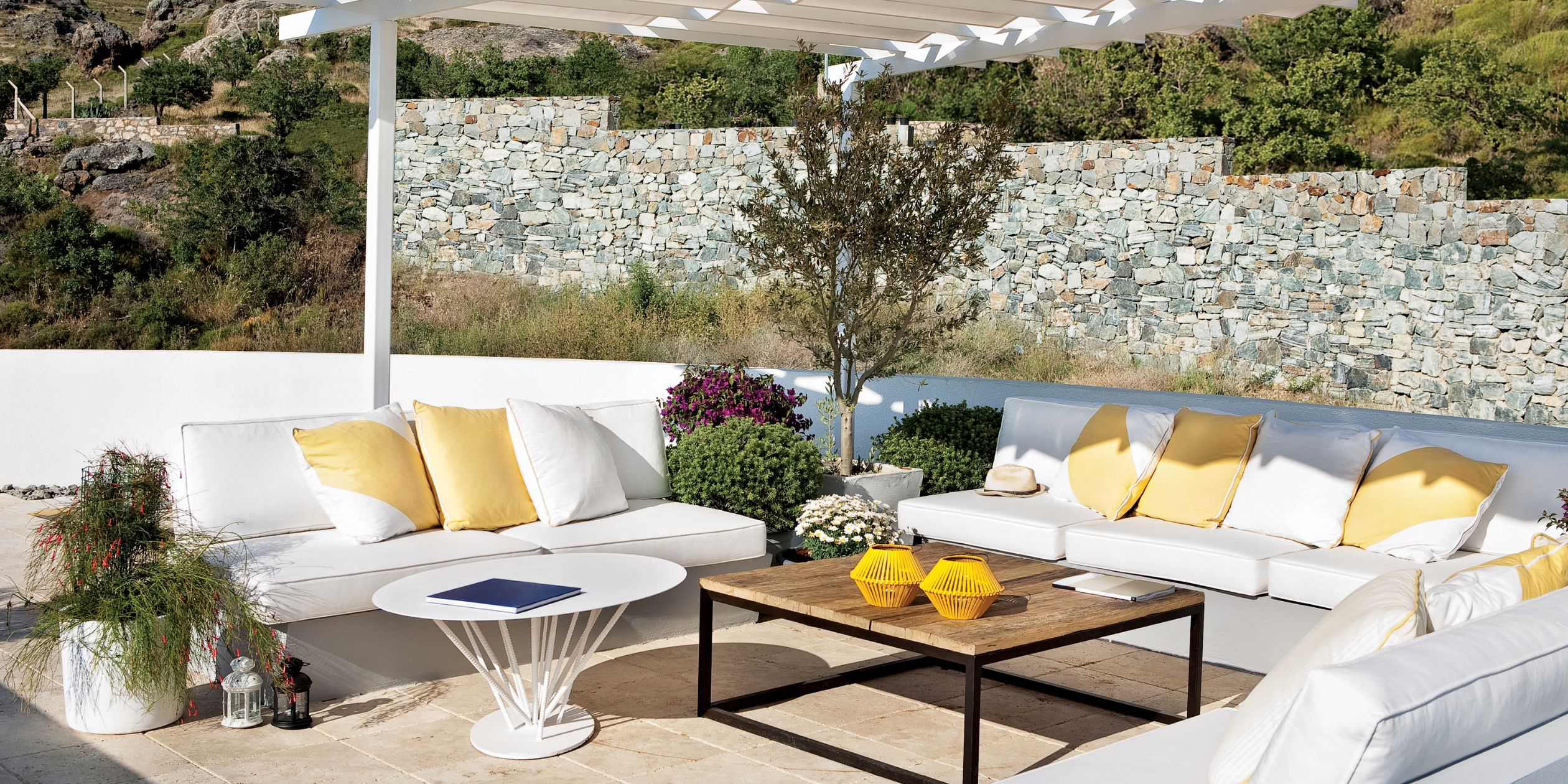Selecting the right furniture is crucial when creating the perfect outdoor living space. As a sales or retail professional, your role is to assist customers in finding the ideal outdoor furniture set that suits their needs, style, and budget. So, how do you do this? Let's dig into the steps below:
1. Understanding Customer Needs
The foundation of a successful outdoor furniture purchase lies in understanding your customers' needs. Every customer is unique, and their requirements for outdoor furniture will vary.
- How will the furniture be used? Whether it's for creating a cozy corner to unwind after a long day, hosting delightful outdoor gatherings, or designing a serene space for relaxation. Understanding the intended purpose will help you recommend furniture that suits their needs.
- How many people will use the outdoor space regularly? When choosing furniture, it is essential to consider the space’s intended purpose. For homeowners who enjoy entertaining guests frequently, spacious sets like dining sets or sectional sofas are an excellent option. For those seeking a private sanctuary, intimate sets like bistro sets or daybeds can provide a comfortable and cozy space to relax and unwind.
- What is the customer's budget? Delving into your customers' budgetary considerations is vital. Outdoor furniture comes in a wide range of price points, and you can curate options that match their financial expectations without compromising on quality and comfort.
2. Finding the Right Price
Once you understand your customer's needs and style, it's time to discuss pricing in depth. Outdoor furniture sets can vary significantly in price, so it's essential to help your customers find the right balance between quality and affordability.
Here are a few things to keep in mind when helping your customers find the right price:
- Understand the customer's budget. As mentioned, this is the most crucial factor to consider when discussing price. Once you know the budget, let them know that various options are available to meet their needs.
- Consider the quality of the furniture. Price is only sometimes an indicator of quality. Some high-quality outdoor furniture sets are available at a reasonable price. However, some lower-quality sets are priced higher than they should be.
- Help the customer find the right balance between quality and affordability. The goal is to help customers find a set that meets their needs and budget. This may mean recommending a lower-cost set that is still made of quality materials, or it may mean recommending a higher-cost set that will last for many years.
- Be transparent about the pricing. Let the customer know the different price points and what they can expect to get for their money.
- Offer financing options. You can offer financing options if the customer is on a tight budget. This can help them spread out the cost of the furniture over time.
- Be flexible. If the customer is set on a particular set that is out of their budget, you can work with them to find a way to make it work. For example, you could offer them a discount or let them put the furniture on layaway.
3. Selecting the Right Furnishing
Once you have a clear picture of your customer's budget, it's time to delve into the exciting process of choosing the right furniture to elevate their outdoor space to new heights of comfort and style.
Outdoor furniture comes in a delightful array of materials, each with unique characteristics and advantages. Customers should consider the following factors when making their decision:
- Material Choices: Different materials offer varying degrees of durability, maintenance requirements, and aesthetics. For instance, wood exudes a natural charm and can be sturdy but requires more maintenance. On the other hand, metal furniture is known for its sleek and modern appeal, while wicker exudes a cozy and inviting vibe. And plastic furniture is lightweight and easy to maintain.
- Weather resistance: Considering the outdoor furniture's exposure to the elements, customers must choose materials that can withstand various weather conditions. For regions with frequent rain or high humidity, weather-resistant materials like teak, aluminum, or synthetic wicker are excellent choices, as they can resist rot, mold, and fading.
- Comfort and functionality: Comfort is paramount when it comes to outdoor furniture. Encourage your customers to test the furniture for comfort, whether a plush cushioned seat or a cozy lounge chair. Additionally, discuss the functionality of the furnishings– whether it includes features like foldability, adjustable components, or built-in storage.
- Size and scale: The outdoor space's size will influence the furniture choice. Large patios can accommodate spacious dining sets and sectionals, while smaller balconies might require compact bistro sets or space-saving folding furniture.
4. Choosing the Right Style
Beyond the practical aspects, outdoor furniture is pivotal in creating an enchanting ambiance that reflects your customers' personality and style. Understanding your customers' preferences is essential in guiding them toward furniture seamlessly integrating with their outdoor theme.
- Theme and mood: Encourage your customers to envision the desired mood for their outdoor space. Whether it's a rustic countryside charm, a coastal beach retreat, a contemporary urban oasis, or a tropical paradise, the chosen furniture should align with the overall theme and ambiance they wish to create.
- Color palette: The right color palette can set the tone for the outdoor space. Neutral tones can create an elegant and timeless look, while vibrant hues add a playful and lively touch. Suggest color combinations that complement the surrounding landscape and architectural elements.
- Coordinating with existing decor: Discuss furniture options that blend seamlessly with their indoor design for customers seeking to integrate the outdoor space with their existing decor. This cohesive approach will create a harmonious indoor and outdoor transition, enhancing the overall aesthetics.
- Mix and match: Emphasize the possibility of mixing different materials and styles to create a visually captivating and eclectic outdoor setting. Combining materials like wood and metal or incorporating a variety of seating options can add depth and personality to the space.
Additional Tips To Help Your Customers
Here are some additional tips for helping clients find the perfect set:
- Be a good listener. Pay attention to what your customers say and ask questions to understand their needs better.
- Be knowledgeable about the products. The more you know about the products you're selling, the better you'll be able to help your customers find the perfect set.
- Be patient. It may take some time to find the perfect set for your customers. Be patient and help them through the process.
- Offer suggestions. Feel free to offer advice based on your knowledge of the products and understanding of your customers' needs.
By utilizing valuable resources and staying updated with the latest trends, you can provide top-notch service and ensure your customers' outdoor living spaces become a source of joy and relaxation for years.
The key is to build a strong rapport with your customers, listen attentively to their preferences, and offer well-informed suggestions based on your acquired knowledge. With these insights and exceptional sales skills, you'll become a trusted advisor in outdoor furniture ideas.




